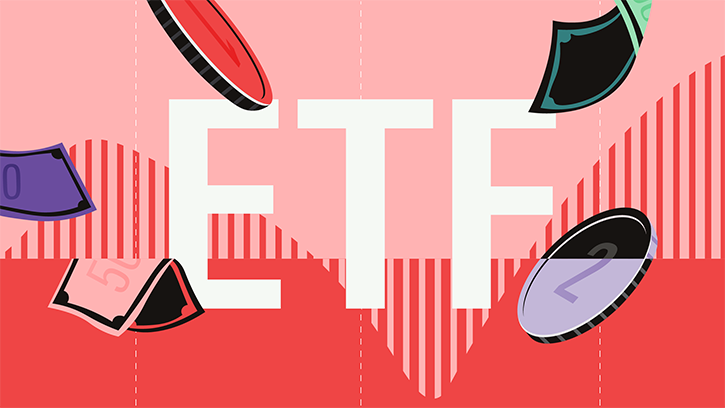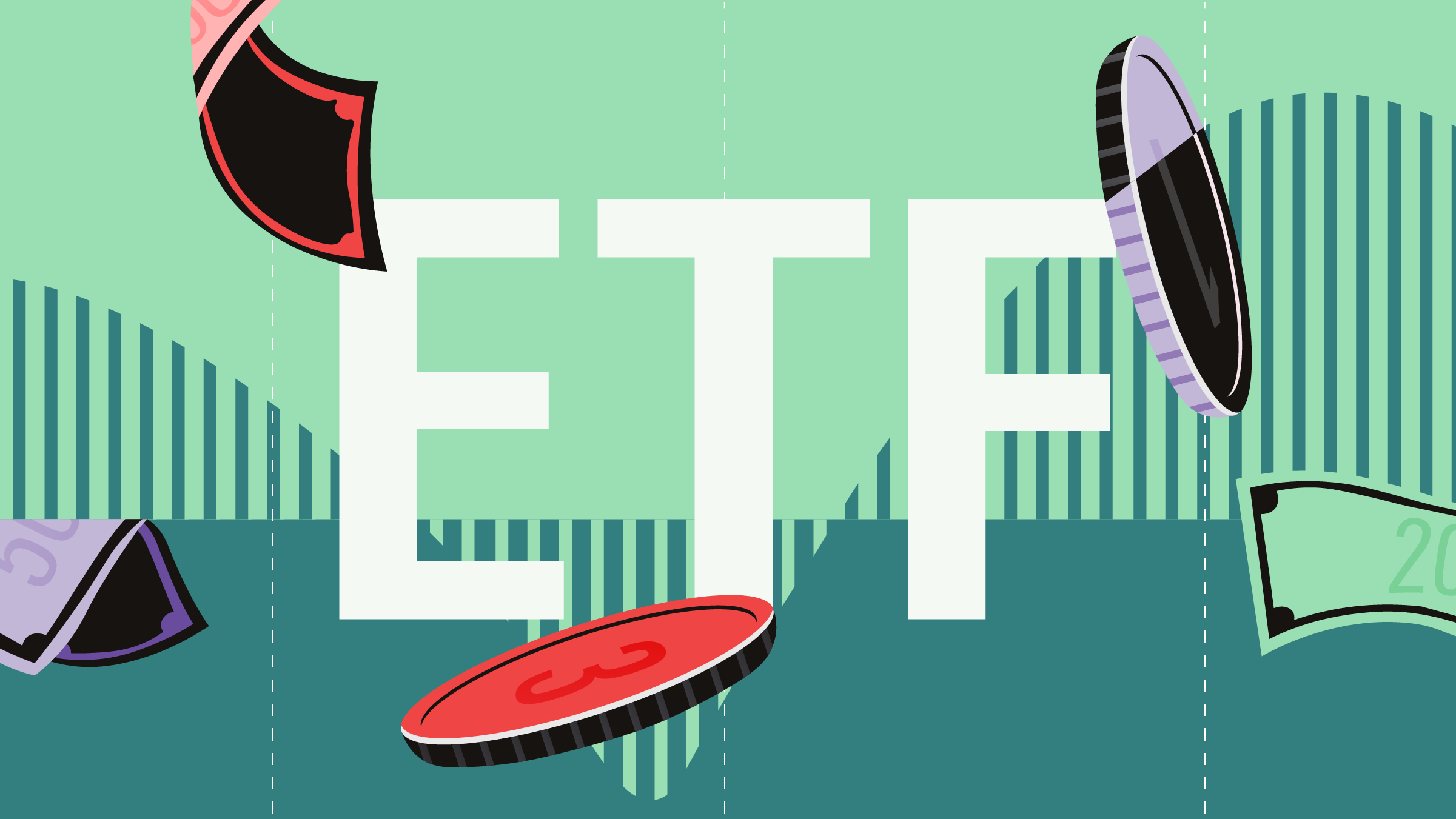Mitä tapahtuu maailmantaloudessa ja finanssimarkkinoilla vuonna 2011? Tässä englanninkielisessä artikkelissa OBSR-tutkimusyhtiön päästrategin Andy Brunnerin näkemyksiä. OBSR on osa Morningstaria. Economic & Financial Market Background
The consensus estimate from the main investment houses is for global growth in 2011 to be around 4.2%, a little below the 4.7% expected to be recorded this year but still an above trend pace. As in 2010, growth rates are expected to remain uneven with the developed economies again contributing relatively modestly while the emerging economies, and especially Asia, are forecast to extend the recovery trend, albeit with lower headline growth. Average GDP growth rates from the main investment houses we follow for the main economies/geographic areas are shown in the table below.
The slowdown expected in the emerging economies is principally due to the excessively strong growth recorded in 2010 on exit from the recession, but also to the policy tightening increasingly being undertaken to prevent economic overheating and keep inflation contained. The developed economy background, by contrast, with all the implications of high levels of both government and consumer debt, weak consumer confidence, bank system deleveraging etc., has created a consensus "new normal" view that the developed world is doomed to a period of sub-trend growth. While there is no doubt that private sector deleveraging and fiscal consolidation will be features for some time to come, there are growing indications that the huge monetary and fiscal support may at last be beginning to achieve its objective of returning countries to self-sustaining growth. This was doubted over the summer and early autumn as "double dip" fears dominated media headlines but more recently confidence has begun to build, especially in the US, that above trend growth could be on the horizon over the next few years. Much faster than predicted growth in the world’s fourth largest economy, Germany, has also added to the belief that a synchronised reacceleration in global activity could be in the pipeline. Even the UK economy has surprised on the upside and even though the UK's main forecasting body, the OBR, reduced its forecast for 2011 to 2.1%, this is far from the recessionary conditions many believed public sector cutbacks would ensure.
This growing confidence in the prospect of a "sustainable expansion" in the developed world is increasingly being reflected in financial markets. Despite another leg to the "peripheral" eurozone sovereign debt crisis, equity markets, outside of mainly Spain and Italy, have continued to trend higher over the past month, the US VIX "risk" index has spiked only modestly higher, while bond yields have continued to climb in most countries, i.e. there has been no "typical" flight to safety. Indeed, while it could eventually be premature and complacent, the financial markets appear to be treating this latest eurozone turmoil as a "local" rather than a "systemic" event.
In the currency markets, the euro was unable to avoid fallout from the new crisis but even after recent weakness against the dollar, it is still in line with its average for the year. It was also interesting to note that commodity markets essentially ignored the bond market turmoil, reacting more to the improving growth outlook for the global economy.
Our Latest Asset Allocation Views
Equities
After a difficult and volatile past year for most equity markets, 2011 is potentially shaping up as a more "normal" year as the global economy moves towards mid-cycle and we are bullish on equities. As ever, numerous problems are likely to be encountered but if the US economy’s ability/inability to transition to sustainable expansion is resolved positively, as nearly all forecasters now posit, this would be a major step forward.
Government deficits in the developed economies and inflation in the emerging world are serious hurdles but ones that are not insurmountable, assuming prudent and decisive action is undertaken by the authorities. It is obviously important that economic and profit expectations are met, and indeed there may be some slippage in activity in the early part of 2011 but, on balance, the outlook is now more favourable for a sustained expansion. With extremely accommodative monetary policy in the developed world virtually assured for all of 2011, double digit corporate profits growth and relatively low valuations, there is a half decent chance that the awful sentiment towards equity investment that has lasted for the best part of a decade may undergo some revision. Even a small shift in asset allocation preferences could have a sizeable impact.
With the gap between developed market and emerging market growth subsiding and interest rate differentials widening there seems little reason to overweight Asia/EM in the shorter term, although on a long-term view a continuous overweight can be fully justified. There is little to choose between the main markets, with expected returns from the geographic areas fairly similar. Currencies have been a key arbiter to relative returns and will likely remain so over the next year.
Investors should favour good value growth stocks, high yielders with strong balance sheets and companies with exposure to growth economies/markets. From today’s levels, gains over the medium term should outpace those from most other asset classes but an ability to withstand volatility is still essential.
Bonds
While negative on government bonds, the move up in yields will be uneven and intermittent sizeable rallies can be expected. The Fed is keen to keep yields at lower levels and has the ammunition to do so. Even so, should the US economy develop as the consensus expects, ten-year yields should be heading into a higher range in the second half of 2011. Relatively, corporate bonds are better value and should outperform governments but they are a source of higher income rather than capital gain. Riskier credits still offer the potential for reasonable returns with some further narrowing in spreads expected.
Property
After such a strong yield impact-led recovery in capital values, the pace of advance in the UK property market has slowed to a virtual standstill. The weight of money chasing high quality properties resulted in prime capital values rising by 25% year-on-yeary even as All Property rentals continued to fall. With banks now becoming keener to supply the market with portfolios of properties from their involuntarily-built stockpiles, and lower levels of investor interest at current yield levels, this should inhibit further capital gains. Selectivity is important and central London, especially offices, remains a favoured area. With yields still in excess of 2.5% above ten-year gilts for even some prime properties, however, the sector should outperform both cash and government bonds, but returns will be far lower than those achieved over the past twelve months.
Commodity
Predicting commodity returns is always a difficult call given the very broad spread, high volatility and problems associated with rolling over futures contracts on returns. As long as the global economic background develops as anticipated, however, the favoured commodities, such as oil and copper, and those where there are clear long-term demand/supply imbalances, should continue to prosper. Industrial metal inventories have begun to unwind and, in general, industry "experts" remain bullish about medium term prices for the key industrial metals and crude oil. Valuations of the major diversified miners are still well below April highs and look even better value on spot prices and the assumption that economic growth in both the US and China confirms current expectations.
Currencies
As ever currencies present all sorts of conundrums for investors. The euro is a prime example this year with huge volatility and extreme short term moves not necessarily driven by fundamentals. Indeed, technical considerations play a large role in currency forecasting, if that is not a non sequitur. Trying to call short-term trends is akin to trading but from a longer-term perspective the dollar is likely to gradually weaken again. On a real effective exchange rate basis the yen appears overvalued while sterling is undervalued. The euro is fairly valued but will suffer from any further fallout from sovereign issues in peripheral eurozone countries. The EM/commodity currencies remain preferred on a long-term view.















